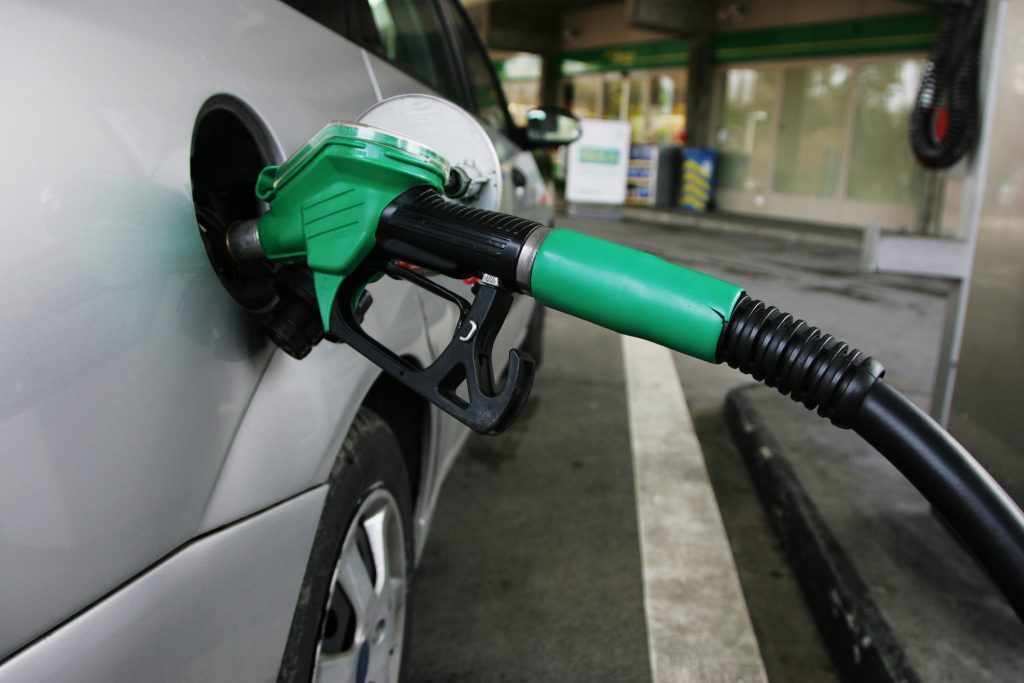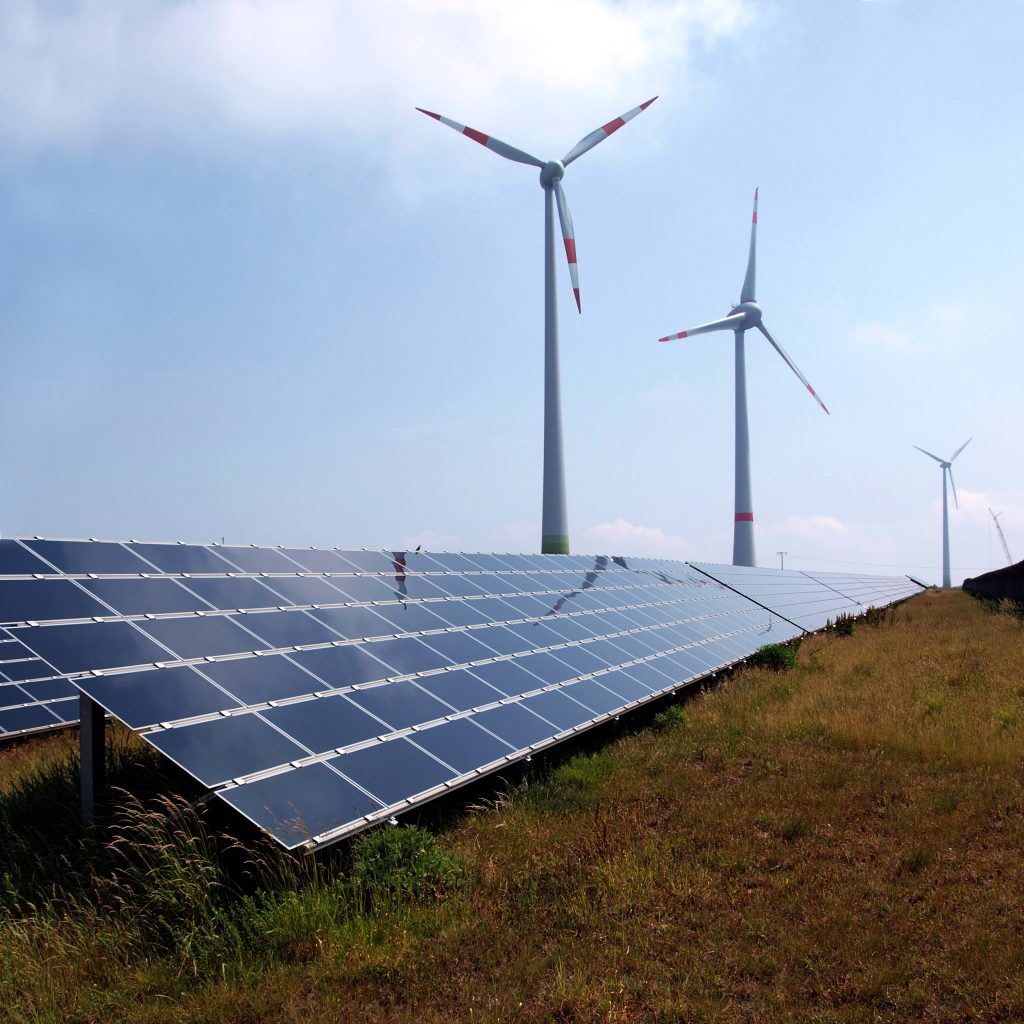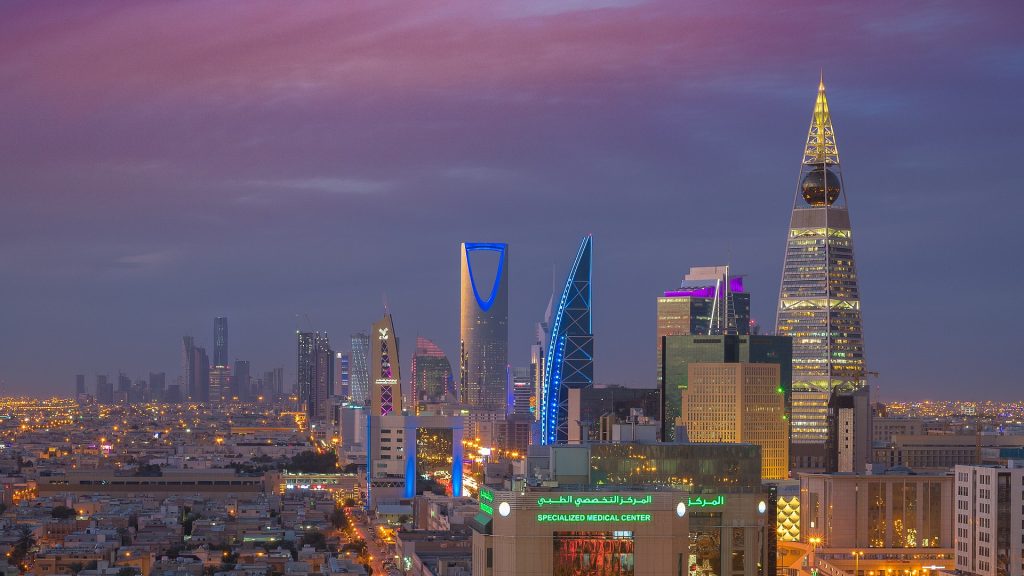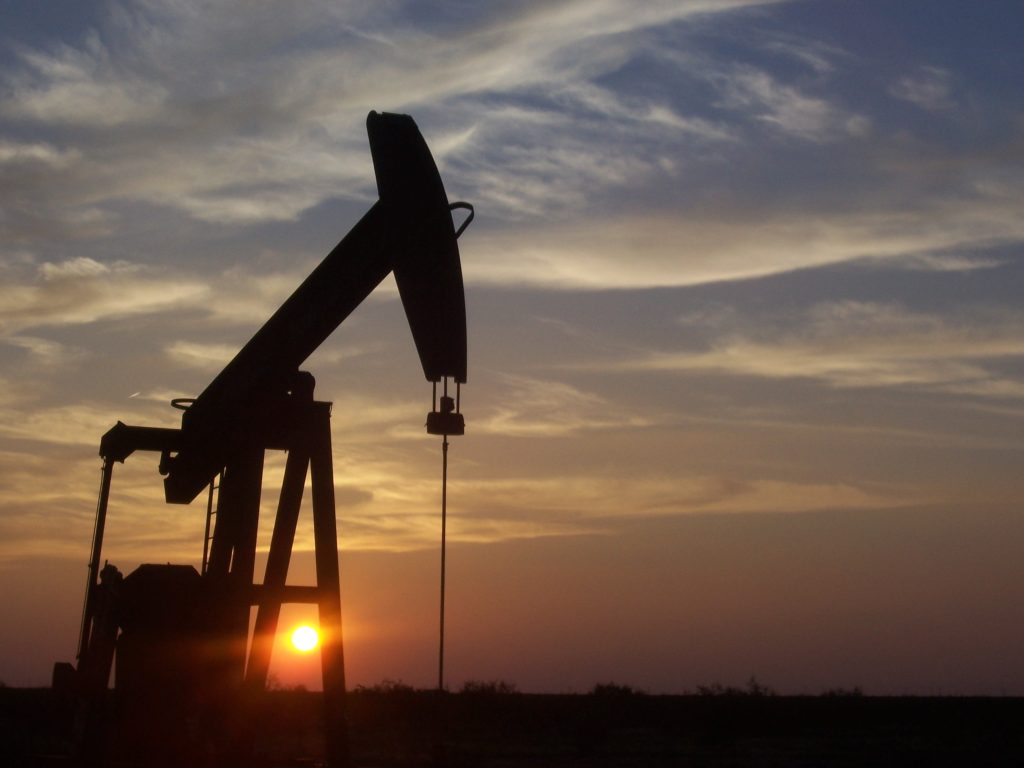On top of the headquarters of the Arab League in downtown Cairo, is the organisation’s green flag that has overlooked the busy streets below for 58 years. However, while the Arab League’s flag may be green, its nations’ economies certainly aren’t, with Arab nations making up four of the top ten producers of oil and five out of ten of the world’s largest emitters of greenhouse gases per capita. The discovery of oil has historically been seen as a blessing to the region, bringing immense wealth to the originally poor and undeveloped Gulf region and providing important revenues to prop-up cash-strapped governments in more populous Arab nations. However, this blessing is now increasingly being seen as a curse, as we start to see the very real effects of climate change and the transition to a green economy by nations that have historically relied on oil revenues is proving itself to be a difficult jump.
With Egypt set to host COP27, the world’s leading and most important forum to discuss and plan the global green transition, and with the United Arab Emirates also pencilled in to host COP28 the following year, the Arab world is attempting to take centre stage in these global efforts. Although late of the block, the Arab region has undertaken some encouraging steps in recent years, but the colossal challenges faced by the region in its own green transition and the increasing difficulties faced by the direct consequences of climate change itself may signal a rocky transition to a green economy to come.
Black Gold
On March 3, 1938, the first oil well was dug in Saudi Arabia. Soon it was realised that Saudi Arabia was sitting on top of the largest oil reserve in the world and that many other Arab nations similarly sat upon immense reserves of this new wonder fuel. Beginning in the early 1950s and reaching a frantic pace in the 1970s, oil production in Saudi Arabia and the wider region expanded at breakneck speed. As the fuel both metaphorically and literally of the world’s post-World War Two economic expansion, the region found itself with new-found wealth and influence.

Countries like the United Arab Emirates, Kuwait, and Bahrain quickly went from mostly poor and undeveloped city states with few urban clusters under the thumb of British imperial influence, to having some of the most impressive rates of growth in the world and national currencies rated as the world’s strongest. Countries like Saudi Arabia also found their fortunes change, as skyscrapers grew out of originally flat deserts. Additionally, as the head of OPEC, Saudi Arabia was able to build international political power and influence, most notably demonstrated with the 1973 oil embargo in protest of international support for Israel, which shook Western economies to their core.
According to the World Bank, revenue from oil as a percent of GDP, known as oil rents, in 2022 amounted for 32.2% of Iraq’s economy, 31.6% of Kuwait’s economy, 21.1% of Libya’s 19.4% of Oman’s economy, and 17.7% of Saudi Arabia’s economy. While the percentage of GDP from oil has actually reduced significantly in several Arab nations, reliance on oil has still remained a determining factor on their respective economies. Further, many economists allege that these great streams of income from oil production have resulted in a paradoxical resource curse that has prevented these countries from developing more diverse economies. While many argue that oil revenue can provide the huge amounts of funds needed for countries to embark on a green transition, reshaping an economy away from a reliance on both oil consumption and production comes with its own unique difficulties and complications.
Steps Forward in the Region’s Green Transition
As the science became impossible to ignore, and the direct link between human emissions and climate change irrefutable, the Arab world, despite its historical reliance on oil has been in recent years responsive to the need for a green transition. Across the Arab world, solar, wind, and other renewable energy projects have sprung up over the last ten years, and as the technology has become both scalable and economic, we have started to see large-scale projects with the ability to make tangible step forwards in the region’s green transition. Other initiatives have also sprung up to make our cities more sustainable by the introduction of greener transport networks, recycling programs, and innovative ways of growing crops. By 2030, Saudi Arabia plans to source 50% of its total energy from renewables, the UAE is set to procure 44% of energy through renewables, while Egypt is working towards having 42% of its energy sourced from renewables by 2035. However, while these efforts have been welcomed, climate change activists warned that the green energy transition is too slow across the board and even the International Energy Agency has urged governments to speed up their efforts and make more ambitious targets.

Solar Power
The Arab world doesn’t conjure up images of a green transition like Costa Rica, with its 99% renewable energy, or European leaders in the green transition like Denmark. However, it was in Egypt that the world’s first solar power plant was built, all the way back in 1913, and with large-scale green energy projects across the region being announced, the Arab world may be able to regain this mantle. If you put aside the great efforts of China and India, who’s enormous populations and industrial capacity have enabled quite spectacular green energy projects, the Arab region is home to the world’s three largest solar power plants in terms of capacity. The Benban Solar Park just outside of Egypt’s Aswan is currently the world’s fourth largest solar power plant and Africa’s largest. The United Arab Emirates also has two enormous solar power plants, the Noor Abu Dhabi and the Mohamed bin Rashid Al Maktoum Solar Park, that provide a significant proportion of the energy needs of the country. Pretty much every Arab nation in North Africa and Western Asia have several solar power plants, and many have large-scale solar projects underway or planned that aim to be the world’s largest
Wind Power
Despite the region’s abundance of sun, many countries in the Arab world have built large wind farms to produce green energy. Currently, the largest wind farm in the Arab world is Egypt’s Zafarana Wind Farm on the coast of the Red Sea, which has a capacity of 545 megawatts. However, Saudi Arabia and Egypt both have plans to build the region’s largest wind power plant, and the wind power industry has seen a boom in the region.
Sustainable Cities
Much of the headlines surrounding ambitious plans by Arab countries to build new cities, like Saudi Arabia’s ambitious NEOM, revolve around plans to make these cities carbon neutral. Through the use of renewable energy, public transport, and efficient recycling programs, it is hoped that these cities can be a blueprint for a more sustainable future. Existing cities have also made efforts to be more sustainable, as large public transport projects and the introduction of infrastructure for electric vehicles. Some efforts have also been made to restructure cities to promote the use of walking and cycling and break the strong car culture that exists in many Arab Nations.
The Battle Against Plastic and Trash
With Abu Dhabi banning the use of single plastics along with Egypt’s Red Sea Governorate, plastic has also been getting the attention it deserves. With Sharjah set to join the Abu Dhabi in 2024, and other places around the Arab world mulling over the idea, many have welcomed this move. While plastics have long posed a real problem to the region, many civil society led groups from Morocco to Oman and everywhere in between have been organising litter pick ups and advocating to stop people littering in the first place. Many countries have also seen recycling initiatives, both by states and civil society groups, to reuse plastic, glass, and metal and even turn garbage into beautiful objects by local craftspeople.
Roadblocks and Difficulties of the Region’s Green Transition
Energy Needs of Hot Climates
Unlike many areas of the world with cooler climates, the need for air conditioning in many Arab nations has seen countries in the region listed as some of the world’s highest consumers of energy per capita. Hot climates have also played a part in promoting a car culture in the Arab world, as an otherwise small and enjoyable walk is made almost unbearable in the summer heat. Also, with many recent urban developments in the Middle East following the model laid out by American suburbia, the region also faces the issue of buildings that do not do well in the heat and need air conditioning, as opposed to traditional Arab settlements that rely on density, small streets, multi-family blocks to create a cool microclimate. Considering that in the short-term it would be impossible to do away with air conditioning and cars in the region and that small fixes that are possible in cooler countries are not possible, making modern Arab cities more sustainable presents a much harder challenge than say London or Paris.

Growing Populations
Unlike the slowly growing population of Europe, Arab nations have seen booming populations over the last decades, with little signs of slowing down. With increasing populations comes an increased need for energy, which presents a serious problem for countries trying to transition to a green energy. As much as many nations in the region are serious about challenging climate change and transitioning to a green economy, they are also serious about providing decent healthcare, education and other important functions of the state. With growing populations stretching a government’s wallet even further, there is considerable less cash to throw around for green energy projects and increased need for cheap energy.
The Economic Reliance on Oil
While non-oil based economies see the green transition as a challenge in terms of the money it costs to transform an economy, oil-producing nations also face the consequence that this transition will get rid if the country’s biggest source of revenue. For example, the heavily oil-dependant economy of Iraq would see over 30% of its economy disappear if it successfully made the transition. Necessarily for any oil-dependant to make the necessary change, the need to diversify the economy and provide an economic safety net is immense.
The Cost of Transition
While the countries of the Gulf may have little worry about the green transition in terms of financing, having benefitted from vast oil revenues for decades. Other Arab nations like Egypt, Tunisia, Morocco, and especially much poorer nations like Yemen face an almost impossible challenge due to insufficient funds to fund the immense changes needed. The green transition presents not just an expensive project, but also missed years of development funded by cheap polluting fuels, which the Global North has benefitted from since the beginning of the Industrial Revolution. Egyptian officials have indicated that they want to use COP27, which they are hosting at Sharm el-Sheikh, to address this issue. It has been proposed that richer nations that had the chance to develop with the aid of polluting fuels in the past, should financially support nations in the Global South in their green transitions in the name of fairness.
With the discovery of oil having given the Arab world great riches and with Arab nations’ economies being so intertwined with oil production, it was worried that the region would be a stubborn roadblock in the globe’s transition to a green transition. However, while concerns still remain about oil-producing nations’ commitment to make the drastic changes needed, the efforts across the Arab world to engage with the global transition to a green economy have even surprised critics. The world and the Arab world in particular, are at the beginning of a long and difficult transition, and while many have congratulated the significant steps, critics warn that there is still a long way to go.
WE SAID THIS: Don’t Miss… The World’s First Solar Power Plant Was In Egypt?!



